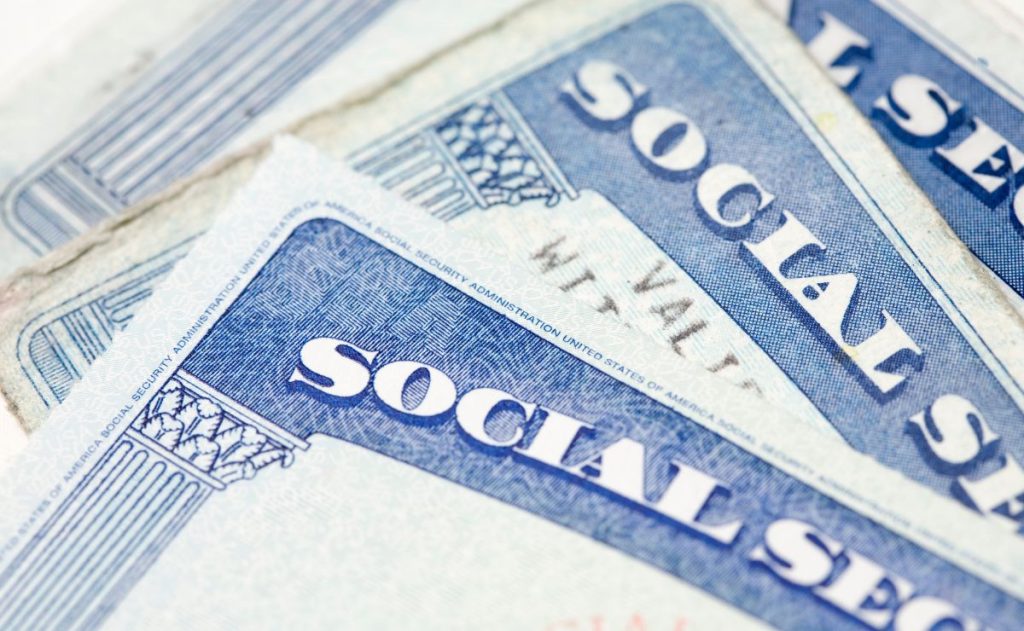Securing approval for Social Security disability can present considerable challenges, with only an average of 30% of claims being granted in this program. In an effort to incentivize individuals to return to work after navigating this demanding claims process, the Social Security system introduces various incentives and policies.
One such policy is the five-year rule, also known as the accelerated reinstatement process. However, it’s important to note that this rule doesn’t apply to Supplemental Security Income (SSI) beneficiaries. SSI is a needs-based program designed for individuals with modest incomes.
Understanding the Five-Year Rule on SSDI
First, the five-year rule doesn’t extend to what many consider “regular” Social Security benefits. Regular retirement and spousal and ex-spousal benefits, typically payable from the age of 62 onward, are benefits earned through work and accruing sufficient Social Security credits. As applicants maneuver through the intricate landscape of Social Security, understanding these rules becomes crucial for a successful and informed navigation of the system.
The five-year rule in the context of Social Security disability benefits is a provision that is rarely applied, but plays a crucial role in the process of recovering benefits after its conclusion. Also known as accelerated reinstatement, or EXR for its acronym in English, this rule allows applicants to more quickly recover their benefits after they have completely ended.
According to the statistics of the Social Security Administration (SSA) for the year 2022, 11,367 people were beneficiaries of provisional payments under the accelerated reinstatement, and 8,709 had their benefits reinstated. The application for an EXR can be made within a period of five years from the month in which the benefits ended, granting applicants the opportunity to resume financial support in an expedited manner.
Although the term “expedited” suggests speed, it should be noted that the EXR process may not always be as agile as its name suggests. While awaiting a decision on the EXR, the applicant can apply for interim payments that could extend up to six months, providing some financial relief during the process.
It is important to note that if you decide to return to work while waiting for the resolution, you should take into account the amount of Substantial and Lucrative Activity (SGA). In 2024, this amount amounts to $1,550 for non-blind people and $2,590 for blind people. Those who exceed this threshold will have to refund the provisional payments received.
However, a return to work does not necessarily mean the interruption of disability payments. The EXR represents the last step in a process that involves years of successful work and is integrated as part of the Social Security work incentive program. For those who are currently receiving Social Security disability benefits and contemplating a return to the workplace, it is recommended to contact the local Social Security office and seek advice from the Area Work Incentive Coordinator. This figure can provide guidance on local programs and explain all the options available to those who wish to work while continuing to receive disability payments.
